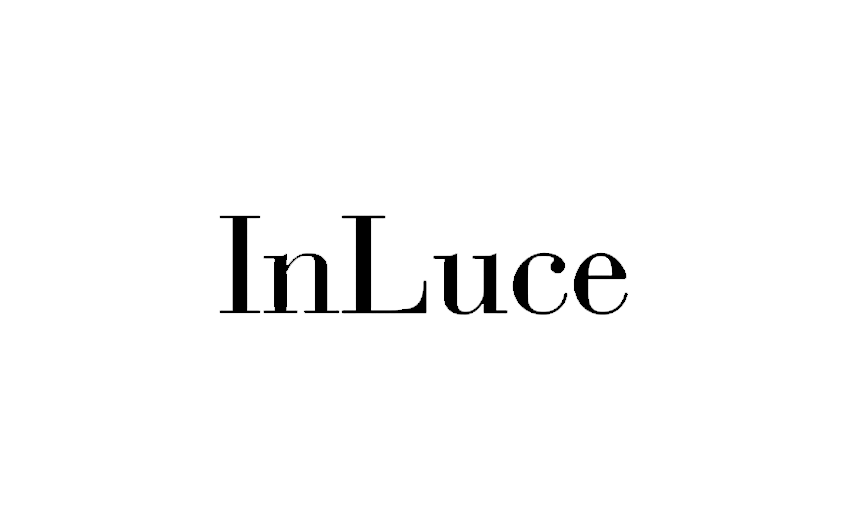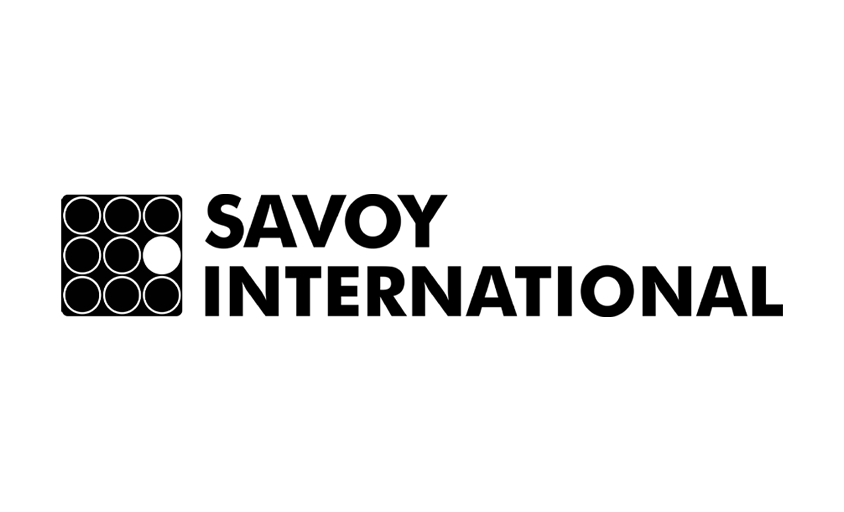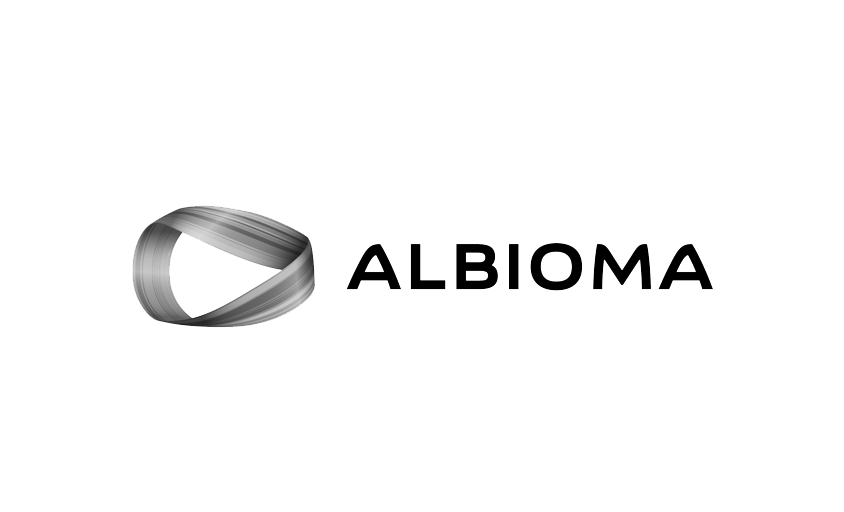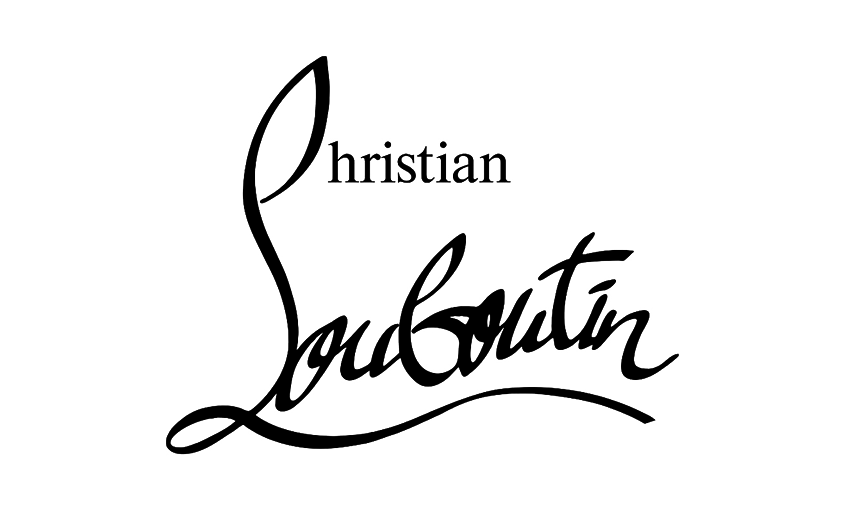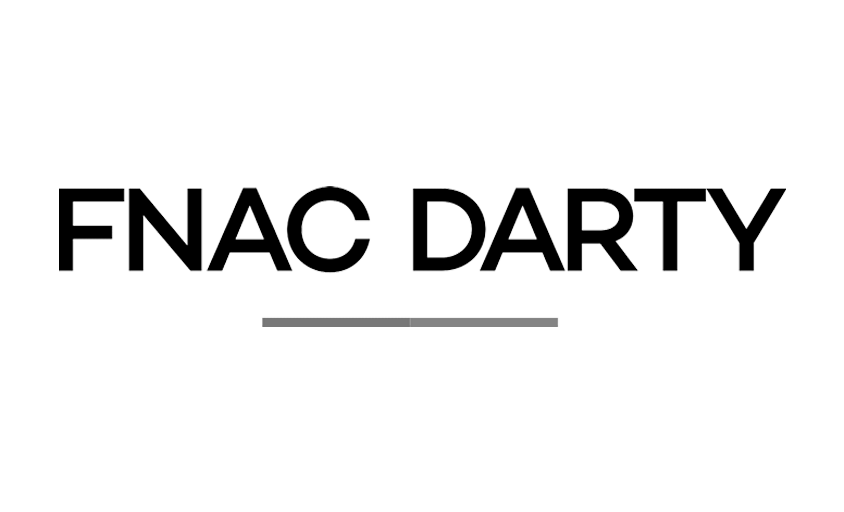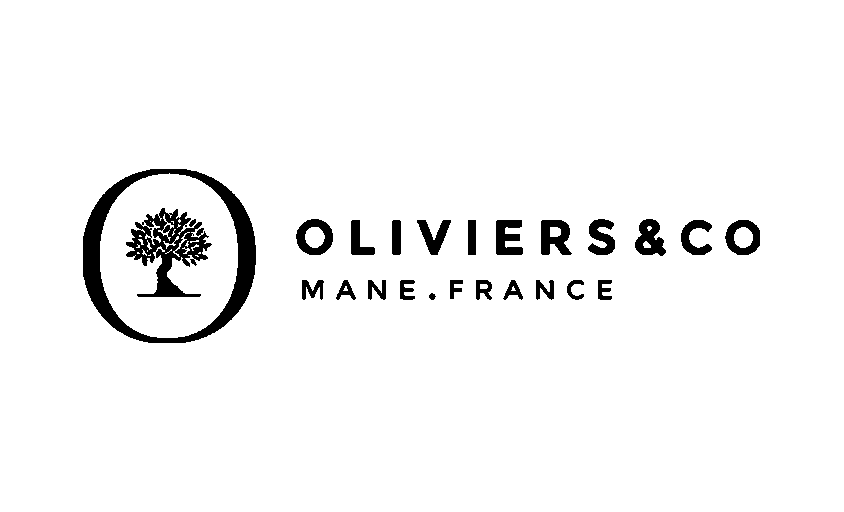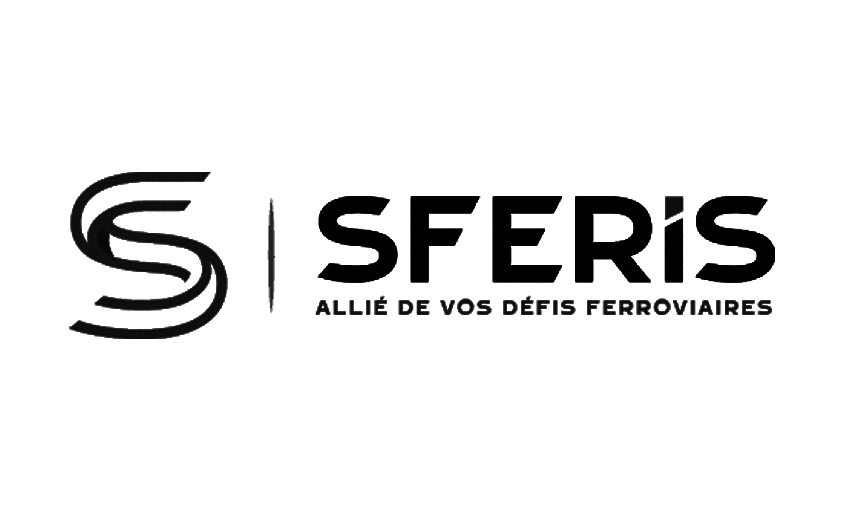Hotel Photographer
In this article :
In the highly competitive world of hospitality, imagery plays a decisive role. Every establishment strives to stand out, convey its unique atmosphere, and captivate a discerning clientele. Hotel photography is not limited to simple room shots: it tells a story, creates an emotion, and offers a glimpse of the experience future guests will enjoy. It also involves capturing the architecture of prestigious hotels, highlighting the elegance of a lobby, the intimacy of a spa, or the energy of a bustling restaurant. Each image must reflect the identity of the establishment and entice travelers seeking an exceptional stay.
Why Invest in Hotel Photography?
Today, 90% of travelers book their stays online, and their decisions are largely influenced by visuals. High-quality professional images inspire confidence, reflect the establishment’s standard, and strengthen brand identity.
Hotel photographs have several strategic uses:
- For digital communication: website, social media, booking platforms (Booking, Expedia, Airbnb…).
- For marketing and advertising: brochures, specialized magazines, posters.
- For press and public relations: articles and collaborations with travel influencers.
A successful hotel photo shoot doesn’t just sell rooms; it sells an experience: waking up in a bright suite, relaxing at the spa, or enjoying an elegant dinner at a refined restaurant.
Different Types of Shots in Hotel Photography
1. Rooms and Suites
A first impression is crucial for travelers, and a hotel room should reflect comfort, space, and ambiance. A well-crafted image captures these elements effortlessly, relying on the balance of light, the harmony of colors, and the careful staging of details.
The shooting angle is essential: a slightly elevated perspective enhances the room’s volume without distortion, while symmetrical framing creates a sense of order and serenity. Lighting, often a mix of natural and artificial sources, must be carefully controlled to avoid harsh shadows or overly cool tones. Finally, small decorative touches (a breakfast tray, an open book on a desk, or a window with a scenic view) ground the image in a tangible experience.
2. Common Areas
Each hotel has its own signature spaces: a majestic lobby, an elegant lounge bar, a rooftop with panoramic views… These areas should be captured to reflect their unique function and ambiance.
Key Aspects to Highlight:
- Lighting Effects: A night shot with soft lighting can convey a cozy and elegant atmosphere.
- Architecture and Décor: Showcase design elements, materials, and spatial volumes.
- Guest Experience: A welcoming receptionist, a convivial scene around a cocktail, a vibrant coworking space.
3. Staged Photography
Hotel guests come not just to sleep, but to experience something memorable. Photographing spaces with people helps tell a story and allows viewers to imagine themselves there.
In a luxurious setting, an intimate and refined scene of breakfast served on a sunny balcony evokes well-being and serenity. A spa area can be elevated by capturing a guest enjoying a relaxing session, while a dynamic meeting room highlights the hotel’s business offerings. These images are not just aesthetic compositions; they convey a lifestyle, a promise of comfort, and emotion.
4. Gastronomic Photography
Hotel restaurants are major attractions, whether they are Michelin-starred or more casual. A successful photo should make viewers want to indulge, playing with textures and composition.
To photograph hotel cuisine:
- Carefully manage lighting and food styling for an appetizing result.
- Opt for overhead shots for elegant table compositions.
- Add contextual elements: a waiter serving a dish, wine glasses in the background…
5. Exteriors and Views
A hotel’s location is often a key selling point for attracting guests. A panoramic view of the ocean, a terrace nestled in a historic center, or a rooftop overlooking a bustling metropolis are assets that should be captured at their best.
Exterior shots should be planned according to ideal lighting conditions: golden hours (sunrise and sunset) provide a warm ambiance, while a slightly overcast sky ensures soft, even lighting. Aerial shots, especially with drones, can showcase the hotel within its broader environment, offering a unique perspective on its architecture and location.
Technical Challenges
- Managing Interior Lighting
Artificial lighting in hotels can be challenging: multiple light sources, reflections, color temperature variations… The use of LED lights, reflectors, and proper post-processing is essential. - Mastering Perspective and Line Balance
Hotel spaces often feature prominent vertical and horizontal lines (windows, walls, columns). Perfect framing is crucial to avoid unsightly distortions. - Achieving High-Resolution Images for All Platforms
A hotel needs versatile visuals for both print and digital use. It is essential to produce high-definition images optimized for websites and booking platforms.
Conclusion
Hotel photography is a powerful marketing tool that directly influences travelers’ decisions. By showcasing the hotel’s spaces, services, and unique ambiance, it enhances brand image and boosts its appeal. Rétines can help you with your project, so contact us if you want to discuss about it !
Jérémy Carlo is the editorial director at Rétines, where he ensures the consistency and clarity of all content produced by the studio.
Our Clients
Let’s discuss
What we do for you at Rétines
Meticulous work, an organised project and fast delivery. And to achieve this, we mobilise the right resources in our teams at the right time.
01
Pre-production
Artistic and technical direction tailored to the project.
Relevant recommendations on content, form and resources.
02
Photo Shooting
Photos taken by our experienced photographers.
Production that’s controlled, efficient and tailored to the needs of the project, with nothing superfluous.
03
Retouching
Technique
Photographs magnified by our retouching team.
Post-production to meet the commercial challenges of the brief.

